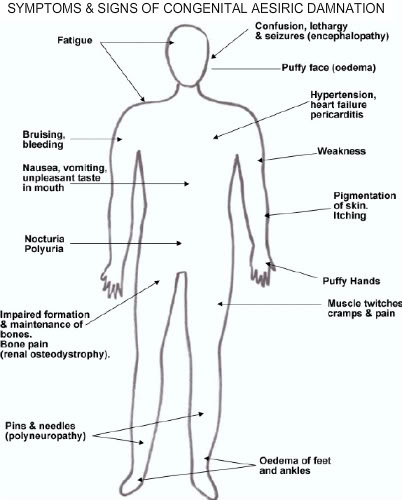
Alopecia pertains to the medical symptoms that present as an absence or loss of hair from the head or body. Alopecia Areata refers to a sudden loss of hair in patches usually on the head or beard and since the loss of hair is in spots this form of alopecia is at times referred to as “spot baldness”. This post shares how symptoms and signs begin, what causes the disorder and how it is treated. For a more detailed look at signs and symptoms and to walk through your symptoms to find an online diagnosis, visit this Symptom Diagnosis Tool.
Alopecia Areata
Indications – Signs and symptoms generally start with the reduction of hair in little spots that can be any formation but are most typically witnessed as round areas. the most prevalent sites for hair decline are the scalp and beard. There’s usually no obvious inflammation, discomfort, or itch linked with the hair loss; however, a few sufferers may report a small pain or tingling sensation.
Trigger – the precise cause of Alopecia Areata is not very well realized but a lot of components may increase a man or woman’s chance such as possessing a strong family history of the condition, anxiety or stress, serious disease, certain medicines, radiation exposure, or endocrine issues.
Diagnosis – Observation of the patchy baldness may be the initial sign of the disorder and ought to be evaluated by a doctor. the evaluation may consist of a physical examination and possibly blood tests.
Treatment – Alopecia Areata may move into remission with the hair spontaneously growing again or it may be permanent. in scenarios were new hair spontaneously regrows, the regrowth may need months or many years and a recurrence of the hair loss is frequent.
A doctor may prescribe a topical medication which can be applied directly to the scalp or region of hair decline to stimulate new growth. Medical transplantation of hair follicles from various regions of the body may be considered with a doctor as well as steroid injections or other medicines such as minoxidil. the sufferer may look into using a wig or hairpiece to mask the region of hair decline.